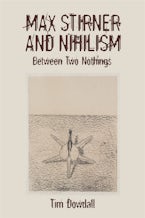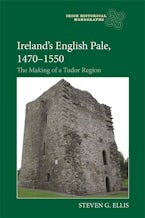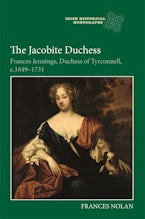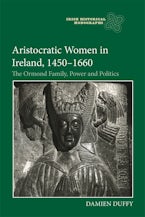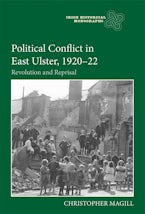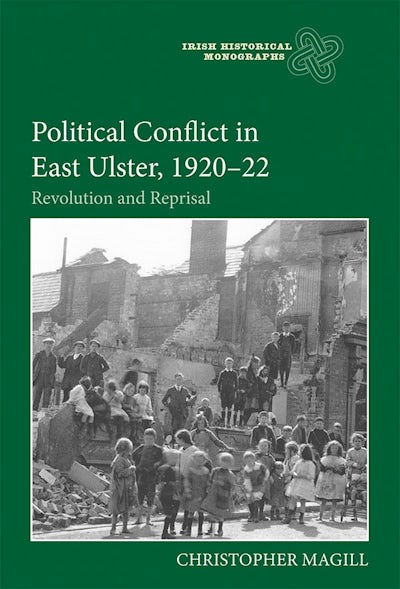
Title Details
218 Pages
23.4 x 15.6 cm
5 line illus.
Series: Irish Historical Monographs
Series Vol. Number:
21
Imprint: Boydell Press
Political Conflict in East Ulster, 1920-22
Revolution and Reprisal
- Description
- Contents
- Author
- Reviews
Reassesses the context in which the state of Northern Ireland was created.
Most studies of the Irish Revolution focus on republican violence and on the establishment of the Irish Free State in 1922. This book, on the other hand, based on extensive original research, considers the situation in the north of Ireland, which was predominantly unionist and affected much less by republican violence. The book examines unionist violence, including the riots during which Catholic homes and businesses in Lisburn were burned, discusses the establishment of the state of Northern Ireland and its security forces, and explores largely constitutional response of Northern Ireland's nationalist community and how this community was affected. It discusses the relationship between politicians, the British government and local communities, assesses the degree to which unionist violence was a reaction to republican violence, and provides a detailed analysis of the Northern Irish security force, the Ulster Special Constabulary. The book concludes that although the Ulster Special Constabulary was clearly drawn from one community, claims that its membership was deliberately recruited according to its ability to inflict havoc on the Catholic population are not correct.
Most studies of the Irish Revolution focus on republican violence and on the establishment of the Irish Free State in 1922. This book, on the other hand, based on extensive original research, considers the situation in the north of Ireland, which was predominantly unionist and affected much less by republican violence. The book examines unionist violence, including the riots during which Catholic homes and businesses in Lisburn were burned, discusses the establishment of the state of Northern Ireland and its security forces, and explores largely constitutional response of Northern Ireland's nationalist community and how this community was affected. It discusses the relationship between politicians, the British government and local communities, assesses the degree to which unionist violence was a reaction to republican violence, and provides a detailed analysis of the Northern Irish security force, the Ulster Special Constabulary. The book concludes that although the Ulster Special Constabulary was clearly drawn from one community, claims that its membership was deliberately recruited according to its ability to inflict havoc on the Catholic population are not correct.
'Cork justice travelled a long way': the assassination of District Inspector Oswald Swanzy
1. From moderates to militants: the unionist community in east Ulster
2. Reprisal: the east Ulster riots
3. 'A vital but unenviable task': understanding loyalist violence
4. A Protestant force: the social composition of the B Specials
5. The wilder the better? Explaining the violence of the Ulster Special Constabulary
6. A misunderstood minority: Irish nationalists
Conclusion
1. From moderates to militants: the unionist community in east Ulster
2. Reprisal: the east Ulster riots
3. 'A vital but unenviable task': understanding loyalist violence
4. A Protestant force: the social composition of the B Specials
5. The wilder the better? Explaining the violence of the Ulster Special Constabulary
6. A misunderstood minority: Irish nationalists
Conclusion
"Magill offers a detailed, layered analysis that accepts Tim Wilson's thesis about the representative nature of violence in Ulster." WAR IN HISTORY
Hardcover
9781783275113
May 2020
£75.00 / $115.00
Ebook (EPDF)
9781787446793
May 2020
$29.95 / £24.99
Title Details
218 Pages
2.34 x 1.56 cm
5 line illus.
Series: Irish Historical Monographs
Series Vol. Number:
21
Imprint: Boydell Press

